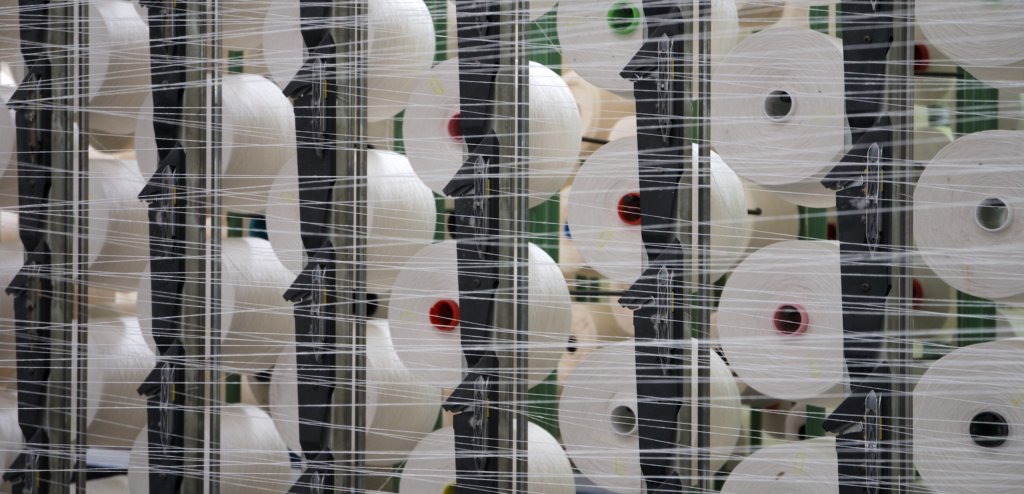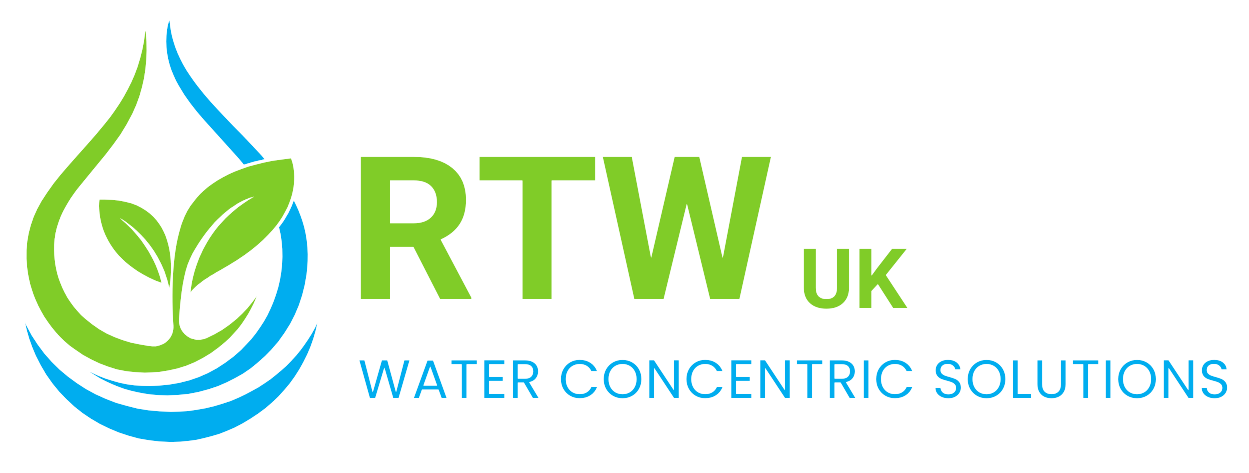Textile Wastewater Treament Solutions
- Textile Industry
Textile Industry
RTW provides comprehensive textile wastewater treatment solutions designed to address the specific requirements of textile facilities. Our systems are engineered to reduce operational risk, ensure regulatory compliance, and support regional water reuse objectives through proven and adaptable technologies. The textile sector remains a significant contributor to industrial effluent globally. Within the Middle East, where water resources are limited, the discharge of untreated textile industry wastewater poses substantial environmental risks. Water used in dyeing, printing, finishing, and washing processes contains a complex mix of pollutants, including dyes, surfactants, suspended solids, and organic matter. RTW helps businesses in the Middle East to deal with all such issues.

Problems Faced
| Primary Issue | Explanation |
|---|---|
| Chemical Oxygen Demand (COD) | Elevated COD levels reflect the presence of organic contaminants, which contribute to water pollution and reduce oxygen levels in aquatic environments. |
| Heavy Metal Presence | Metals such as chromium, lead, and mercury—frequently found in textile industry wastewater—pose long-term environmental hazards and health concerns. |
| Colorants and Dyes | Synthetic dyes used in textile processing can alter water aesthetics and impact aquatic ecosystems due to their resistance to degradation. |
| pH Variability | Significant fluctuations in pH from discharged effluent can impair biological treatment and affect ecological balance. |
| Suspended Solids | Increased concentrations of suspended matter interfere with light transmission in water, affect photosynthesis, and accelerate sedimentation. |
| Biochemical Oxygen Demand (BOD) | High BOD levels signal the presence of degradable organics, which consume oxygen during decomposition and threaten aquatic life. |
Vision and Goals
Sustainable Wastewater Objectives
The textile industry is advancing toward strict environmental targets such as Zero Liquid Discharge (ZLD) and Zero Discharge of Hazardous Chemicals (ZDHC) to manage wastewater from the textile industry responsibly.
Zero Liquid Discharge (ZLD)
ZLD systems aim to eliminate effluent discharge through complete recovery using membrane systems, evaporators, and crystallizers, supporting full textile wastewater treatment and reuse.
Improved Production Safety
ZDHC frameworks focus on reducing harmful substances in manufacturing by applying safer inputs, enforcing supply chain transparency, and adopting regulated chemical usage.
Water Recovery in Textile Processes
Growing water scarcity in the Middle East necessitates recovery solutions to reduce water waste in textiles. Industries are now adopting closed-loop systems to recycle wastewater from textile industry processes for internal reuse.
RTW’s Regional Sustainability Strategy
RTW aligns with regional initiatives similar to ZLD and ZDHC for textile wastewater treatment, delivering treatment solutions engineered to meet local regulations and reduce the impact of textile industry wastewater pollution.
